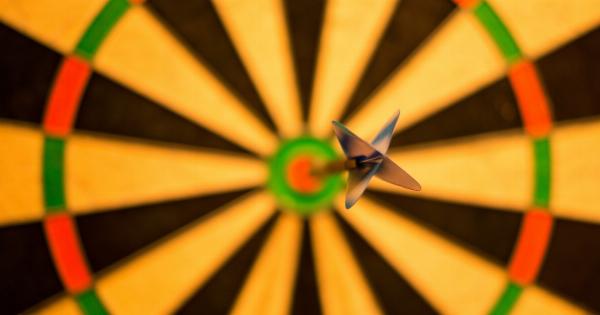Mammography is an essential tool for the early detection of breast cancer. It is a type of medical imaging that uses low-dose X-rays to examine the breast tissue for any abnormalities.
Although mammography has been used for decades, traditional film mammography has recently been replaced by digital mammography.
What is Digital Mammography
Digital mammography uses the same X-ray technology as traditional mammography, but instead of using film, it uses a digital detector to capture and convert X-ray energy into digital images.
The images are then displayed on a computer screen, where they can be enhanced, enlarged, or manipulated for better visualization and analysis. Digital mammography is also referred to as full-field digital mammography (FFDM) because the entire breast image is captured and stored digitally.
Advantages of Digital Mammography over Traditional
Digital mammography offers several advantages over traditional film mammography, including:.
1. Better Visualization
Digital mammography images are sharper and clearer than traditional film images, making it easier for radiologists to detect subtle changes in breast tissue.
Digital images can also be adjusted for resolution, contrast, brightness, and magnification, providing greater flexibility for interpretation.
2. Lower Radiation Dose
Although mammography uses low-dose X-rays, digital mammography requires a lower radiation dose than traditional film mammography. This means that digital mammography is safer for women, especially for those who require multiple mammograms over time.
3. Faster Results
Digital mammography produces images that can be viewed and analyzed immediately, whereas traditional film mammography requires time-consuming film processing.
This means that digital mammography results are available faster, reducing the waiting time for patients and allowing for earlier detection and treatment.
4. Better Detection of Breast Cancer
Digital mammography has been shown to be more accurate in detecting breast cancer than traditional film mammography, especially in women with dense breasts.
Digital images allow for more precise identification and characterization of breast lesions, making it easier for radiologists to distinguish between benign and malignant findings.
5. Digital Storage and Sharing
Digital mammography images can be stored and shared more easily than traditional film mammography images. Electronic storage eliminates the need for physical film storage and retrieval, reducing the risk of loss or damage.
Digital images can also be shared with other healthcare providers more quickly and easily, enabling better coordination of care.
Conclusion
Digital mammography has revolutionized breast cancer screening by improving image quality, reducing radiation exposure, providing faster results, and enhancing accuracy in detecting breast cancer.
As a result, many healthcare providers now prefer digital mammography over traditional film mammography. If you are due for a mammogram, ask your healthcare provider about digital mammography and its benefits.

























